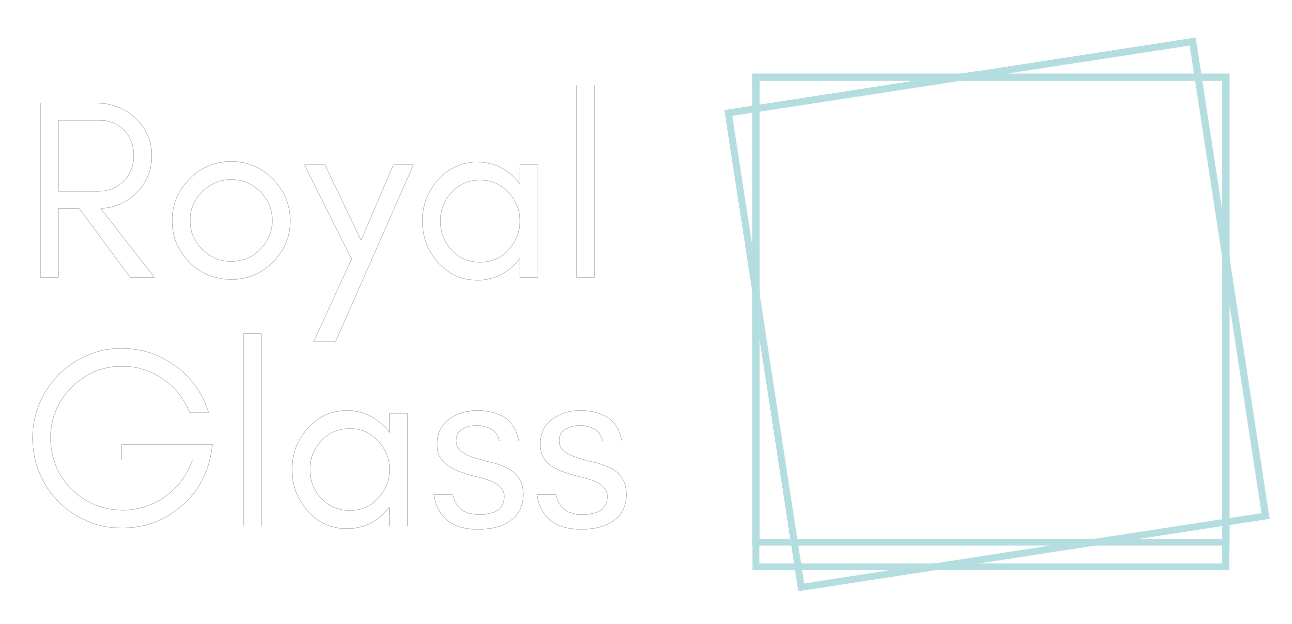Anodising vs powder coating are two popular finishing techniques used in various industries to enhance the durability and aesthetics of metal products. Both processes offer unique advantages and disadvantages, making them suitable for different applications. In this comprehensive guide, we will delve into the details of anodising and powder coating, exploring their processes, benefits, disadvantages, and providing a comparison between the two.
What is Anodising?
Anodising is an electrochemical process that converts the surface of a metal, typically aluminium, into a decorative, durable, corrosion-resistant finish. The process involves immersing the metal in an electrolyte bath and passing an electric current through it. This causes an oxide layer to form on the surface of the metal, which can then be dyed to achieve various colours.
Benefits of Anodising
- Durability: Anodised coatings are highly durable and resistant to scratches, abrasion, and corrosion.
- Aesthetics: Anodising can be used to create a wide range of colours and finishes, including matte, satin, and bright.
- Environmentally Friendly: Anodising is a non-toxic process that does not produce harmful by-products.
- Cost-Effective: Anodising is a cost-effective finishing option, especially for large production runs.
- Low Maintenance: Anodised coatings are easy to clean and maintain, requiring minimal upkeep.
Disadvantages of Anodising
- Limited Colour Options: While anodising can produce a variety of colours, the range is limited compared to other finishing techniques.
- Brittleness: Anodised coatings can be brittle, especially when subjected to high impact or bending forces.
- Pre-Treatment Required: The metal must undergo pre-treatment before anodising, which can add to the overall processing time and cost.
What is Powder Coating?
Powder coating is a dry finishing process that involves applying a free-flowing, electrostatically charged powder to a metal surface. The coated metal is then cured in an oven, where the powder melts and forms a durable, protective coating. Powder coating is commonly used on metals such as aluminium, steel, and iron.
Benefits of Powder Coating
- Durability: Powder coatings are highly durable and resistant to chipping, cracking, and fading.
- Versatility: Powder coating can be applied to a wide range of metal substrates and can achieve various textures and finishes.
- Environmentally Friendly: Powder coating is an environmentally friendly process, as it does not contain harmful solvents or emit volatile organic compounds (VOCs).
- Cost-Effective: Powder coating is a cost-effective finishing option, especially for large production runs.
- Fast Curing Time: Powder coatings cure quickly, reducing processing time and increasing efficiency.
Disadvantages of Powder Coating
- Limited Thickness: Powder coatings are limited in thickness compared to other coatings, which can affect their durability.
- Not Suitable for Complex Shapes: Powder coating is not suitable for complex shapes or areas that are difficult to reach.
- Pre-Treatment Required: Similar to anodising, metal surfaces must undergo pre-treatment before powder coating, which can add to the processing time and cost.
Comparison Between Anodising and Powder Coating
- Durability: Both anodising and powder coating offer excellent durability, but anodising is generally more resistant to scratches and abrasion.
- Aesthetics: Anodising provides a wider range of colours and finishes compared to powder coating, which is limited by the powder’s composition.
- Environmental Impact: Both processes are environmentally friendly, but powder coating is considered slightly more eco-friendly due to its lack of VOCs.
- Cost: Powder coating is generally more cost-effective than anodising, especially for large production runs.
- Suitability for Complex Shapes: Anodising is better suited for complex shapes, as it can penetrate deep into recesses and cavities.
Conclusion
In conclusion, anodising vs powder coating are two effective finishing techniques that offer unique benefits and disadvantages. Anodising is ideal for applications requiring superior durability and a wide range of colours, while powder coating is more cost-effective and versatile. The choice between the two processes depends on the specific requirements of the project, including durability, aesthetics, and budget. For expert advice on which finish is best for your glass products‘ hardware, contact Royal Glass by sending an email to info@royalglass.co.nz or by calling 0800 769 254.




